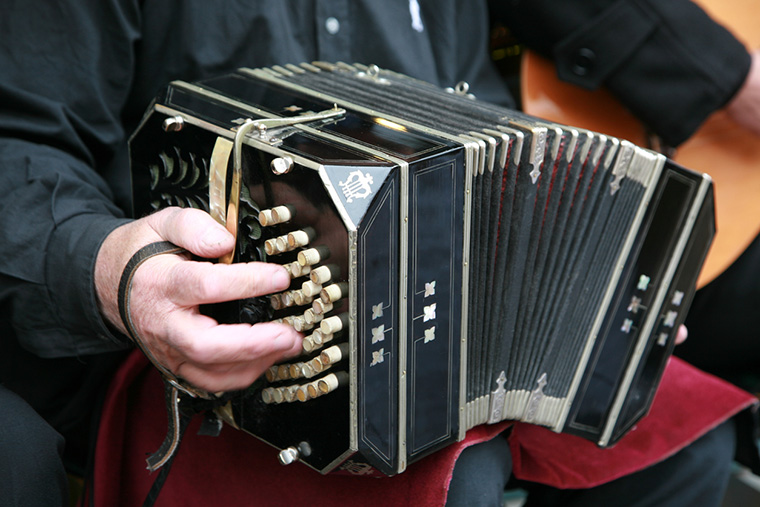
Being interested in learning a new instrument is lots of fun. It sure is a good way to boost brain activity but choosing what exact instrument to learn can make your brain hurt! There is a sea of options, quite literally from all sorts and kinds of string, brass, woodwind, and percussion instruments out there it’s hard to do so. So what if you find a particular instrument, like a concertina, but have no idea what it is or the differences between models? Well, you’re in the right place, here’s how to choose the right type for you!
What Is It Actually?
A lot of people probably haven’t heard of this wonderful and intriguing instrument, but it’s not as uncommon as you’d think. As a free-reed wooden family of Instruments, a concertina might be similar to an accordion, but they are certainly not the same thing! It’s most prominent future is the hexagonal shape and the contracting and expanding part in the middle, it also has keys or buttons on the side, and they produce tunes when you are pushing and pulling the bellows.The Origin
The first person who created the patent for concertina is Charles Wheatstone, during the 1830s in Great Britain. Truth be told, the free-reed instrument we’re around for a long time, dating back to Asia while they are not so similar to the instrument itself, they still belong to a similar type of instrument even if the time of origin is far away from each other. The 19th century was full of surprising inventions, some more successful than others, one of those being Wheatstone’s’ concertina. Interestingly enough, Wheatstone is more known for his work in science, as he made many breakthroughs in the field. But he nonetheless started with inventing patients for musical instruments. First came his Symphonium, but he later decided that the air should be pumped with bellows instead of using the mouth – and that’s how the idea of concertina came to be!The Different Types
Since it is a whole family of free-reed instruments, there are multiple types of the instrument itself. This can cause lots of confusion amongst those who are not educated in this matter. There are three main types of Concertina – Anglo, English, and Dual. They might look similar, but they differ in materials, design, layouts, and button systems – all this can change how you play the instrument, from the hand placement to the pace of the tunes, so you should observe the differences!- Anglo Concertina
- The English Concertina
- Dual Concertina



